Cerulean terrain and high summits make for a fantastic adventure in the Nepal Himalayas. Nepal does not fail when it comes to Himalayan beauty and trekking destinations. With the world's highest peak at 8,848 meters, Mount Everest is the tallest mountain globally. With brings the topic about Nepal's most famous peak climbing destinations for an even more adventurous experience after trekking. Choosing the right peak to climb from many choices that suit your taste and experience is very important. Also, your decision determines the level of enjoyment you get from it. The mountains discussed here in the article fall in the vicinity of trekking routes you are likely to take while traversing to Nepal. Even if trekkers are trekking in the Nepalese Himalayas, you will be able to capture the majestic views of these glowing peaks.
Additionally, by attempting peak climbing, you are in for a more thrilling and exhilarating experience. The undertaking on a snowy route while hanging on to a rope is challenging at the same time and exciting feeling climbers go through. Peak climbing is a great endurance testing activity that will put you in a strategic mode. Hence, it a sport that is completed carefully with planning. Moreover, most climbing peaks of Nepal are non-technical climbing peaks. However, it is essential people opting for it are physically fit and healthy. Now that we have explored what peak climbing is like now let's explore, five most famous Peak Climbing destinations in Nepal.
Top 5 popular peak climbing in Nepal
Island Peak (6,189m/20,305ft)
Island Peak Climbing is the first choice for Peak Climbing destinations in Nepal amongst avid trekkers. Making its unique niche in Peak Climbing's genre, Island Peak takes you to the heart of the Khumbu valley. Besides, it also grants a fervor feeling of summiting a peak and adrenaline rush. The Island peak is situated on the top of the Chhukung glacier nestled between Ama Dablam and Lhotse Himal. The peak in Tibetan is called Imja Tse, which translates to island peak. It is called an island peak because the peak sits like an island surrounded by glacial sludge. From the top of the Island peak, climbers can get the dramatic scenes, Mt. Nuptse. Mt. Makalu, Ama Dablam, and many more shiny peaks.
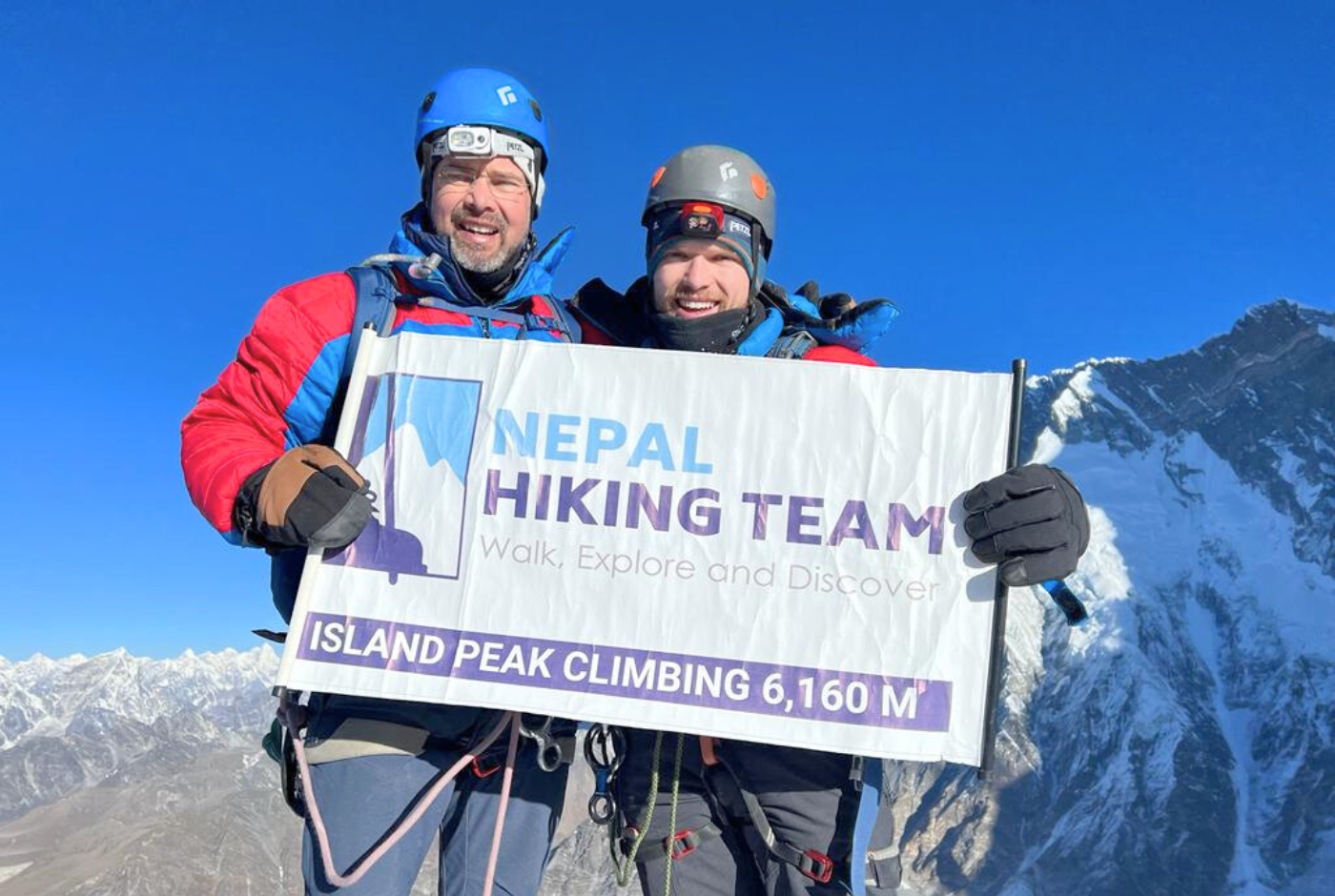
Mera Peak (6,476m/21,247ft)
Another well-known climbing peak in the Everest area is Mera Peak. The most elevated climbing peak in Nepal, Mera Peak, is shockingly one of the simple surmount peaks. It is generally non-steep slants and comprises three highest points Mera North, Mera Central, and Mera South. Summiting Mera is, for the most part, done on the focal part of the Mera peak. With a direct rising to the top, you will probably experience no issues, except perhaps the possibility of appropriate acclimatization.
Lobuche Peak (6,119m/20,070ft)
Lobuche Peak is moderately more testing to scale than the above two peaks. To summit a Lobuche peak, you need to have previous trekking experience because it is a technical climb. The Lobuche Peak comprises two pinnacles, the Lobuche Far East and the Lobuche East. Lying near the Khumbu Glacier, Lobuche Peak is an arduous pinnacle climbing venture. From the top of the peak, you can capture the serene scene of Khumbu icefall, Pumori, Tawache, and its surrounding mountains. The stretch between Lobuche East and the Far East is long, and there is a profound edge between the two sides of the peak. For someone looking to dare themselves, even more, Lobuche Peak Climbing might perfectly suit to get through the adrenaline rush.
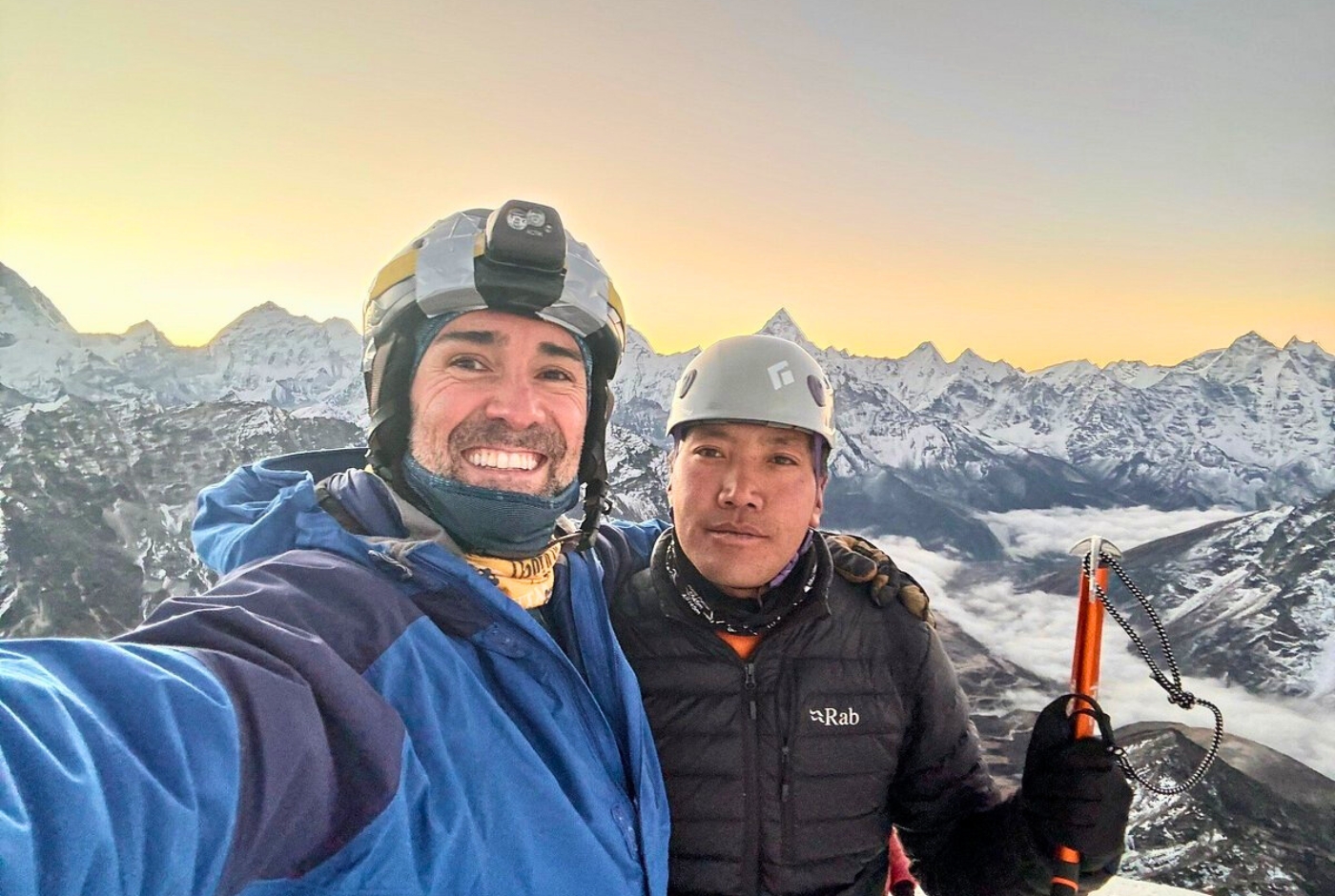
Pisang Peak (6,091m/19,978ft)
The Pisang Peak lies on the Manang Valley's northern edges on the Annapurna Range's eastern piece. Situated in the Pisang village; hence the name of the peak comes after its home. The climb to the pinnacle can be incorporated with the celebrated Annapurna Circuit Trek too. Along the course lies the renowned Thorung la Pass, one of the world's most high passes at 5416 meters. Pisang Peak Climbing ascents consistently along the well-refined edge right to the highest point. The expedition to the top of the peak is technical; hence trekkers thinking to climb this peak requires past mountaineering experience. Offering all-encompassing vistas of the whole Annapurna range, Pisang Peak is exciting and enthralling at the same time. From atop the cliff, climbers can have great scenes of Himlung Himal, the trans-Himalayan level toward the north, Annapurna II and IV toward the south, Manaslu Mountain upper east, and Mount Gangapurna and Annapurna III toward the west. Overall, it is one of the famous peaks in the Annapurna region that has garnered adventure lovers' attention.
Naya Kanga Peak (5,122m/1,6804ft)
Easily accessible and lying close to Kathmandu and located in the Langtang region, Naya kanga Peak Climbing is perfect for even rookie climbers. The peak rises from the west side of Ganja La and offers the most breathtaking mountain sights of both Nepal and Tibet. The summit of Naya Kanga provides climbers to capture Langtang Lirung Himal's incredible views with Pemthang Kapro Ri, Ganesh Himal, Langtang II, Pemthang Ri, Shishapangma Himal, Langshisha Ri, and many more. Locally peak is known as "the Ganja La peak," too. It ascends through a ridge on the northern side along the icy slopes. The expeditions grant you a beautiful trek through the Langtang range and the thrilling adventure of summiting a peak of Nepal.
These are the five most famous peak climbing destinations in Nepal. There are other awe-inspiring peaks open for peak climbing; however, these are a few of the mountains that most climbers and trekkers opt for. Peak climbing in Nepal is undoubtedly one of the most adrenalin-inducing activities for anyone who is not afraid of challenges and testing themselves.
Given this great list of climbing peaks, some may have questions regarding this exhilarating activity. So in the next section, we are discussing frequently asked questions about Peak Climbing in Nepal.
Who authorizes climbing peaks and peak climbing expeditions?
Nepal Mountaineering Association authorizes climbing peaks and peak climbing expeditions. They have also categorized these peaks as Trekking Peaks. These peaks range from 5000m to 7000 meters, and as the name indicates, trekkers can extend their trekking journey by attempting to summit a peak. To scale the mountain, a climbing permit is necessary besides a trekking permit. And these permits are regulated by NMA.
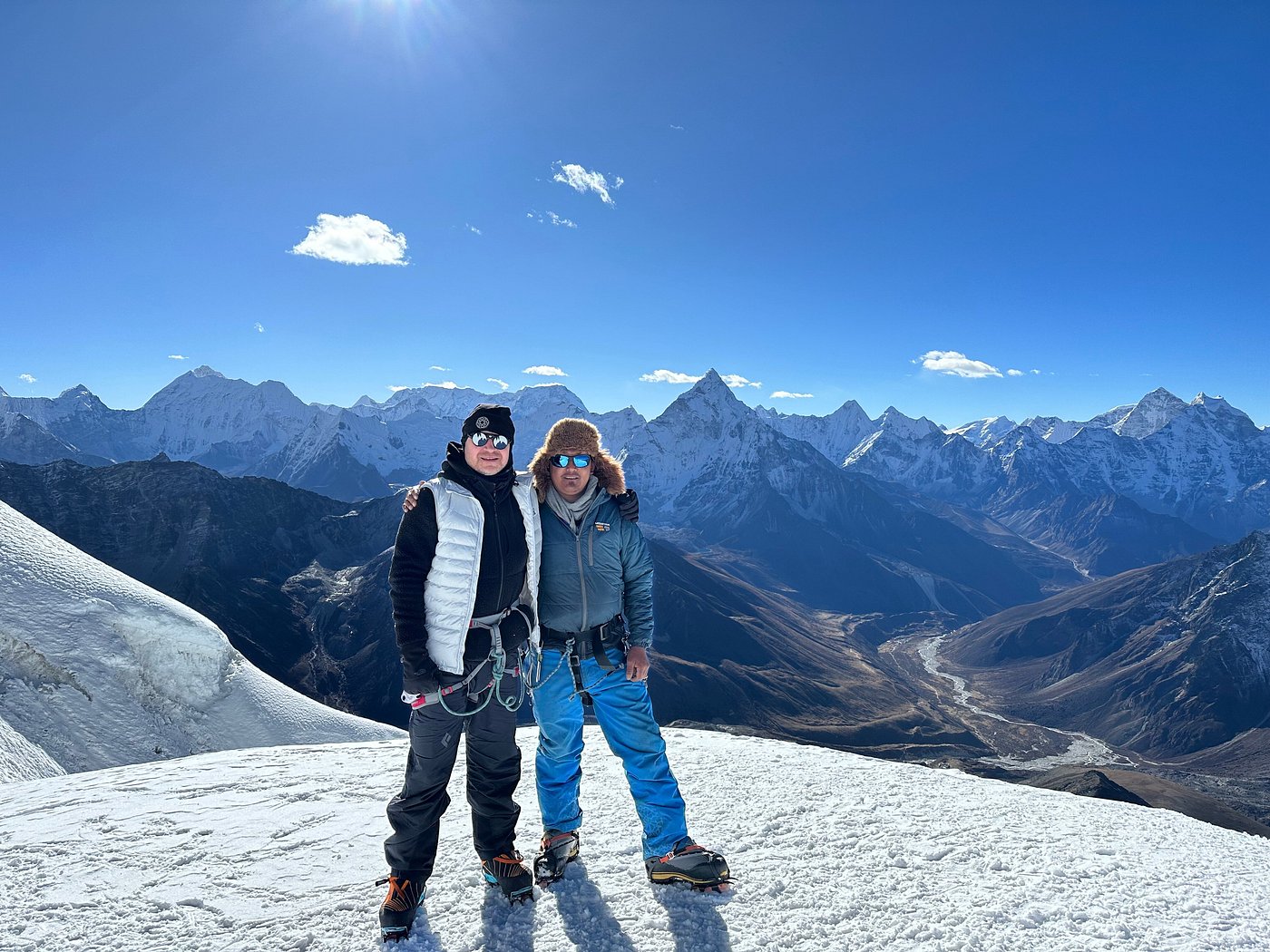
How can one train for peak climbing?
All the peaks authorized for climbing easily go over 6000 meters. So the peak climbing is a strenuous activity. Also, one must not forget, it will be demanding, and one needs to have high endurance level to complete the summit. This is why solid preparation at least a few months prior trip date is essential. Climbers have to work on strength and flexibility building workouts. Also, they must work on increasing cardiovascular capacity. For building these aspects, one must form a regular exercise routine, which includes jogging or running. Additionally, at least once or twice do swimming and cycling activity. These will help your body for the challenging journey.
Is peak climbing attainable by climbers with no prior experience?
Climbers who are physically fit and healthy can climb the peak even without any prior experience. However, it is not possible without any advanced physical training and exercise. Furthermore, there are a few things rookie climbers must consider before attempting to scale a Himalayan peak. For instance, they should first check which height they would like to climb. Nepal has several options for climbing a peak. Secondly, find out if the climb is technical or non-technical. We do not recommend the technical climb to first-time trekkers. Thirdly, make a plan, how are you going to train for the summit. Without prior preparation, no one should start their journey. These things matter because it is something that is up to you. Climbers, before beginning the journey, can manage these aspects because it is on their hands. And, it applies to climbers with prior experience as well.
Best season for Peak Climbing
The ideal season for peak climbing is the spring and autumn season in Nepal. The spring season, which falls from March to May, offers excellent weather conditions and mountain views. The weather around this time stays warm with moderate snow deposits. Similarly, the sky remains open and transparent, showing the beautiful mountain vistas.
On the other hand, autumn is the best trekking season, and many decide on peak climbing during this season. In Nepal, autumn is from September to November and is famous are crystal clear mountain scenery. Despite being the best season for trekking, it is the second-best time for peak climbing. Around this time, the lower region becomes vibrantly colorful with flower blooms and green hills. Similarly, the weather remains mild and warm, the snow level is down too, so it is pretty favorable for peak climbing.
Is peak climbing in Nepal worthwhile?
Peak climbing in Nepal is the best possible way to get close to massive mountains and taste what it's like summiting the highest mountains. In each trekking region of Nepal, there is at least one peak available for climbing. However, Everest and Annapurna offer several options for peak climbing. Besides, while climbing a peak, one gets an opportunity to see the world's highest mountains real close. However, the absolute joy lies when climbers stand at the top of the peak, and a sense of achievement is instilled to cherish forever. Climbing a peak is indeed challenging but extraordinarily pleasing and exemplary. So peak climbing destinations in Nepal is without any doubt a worthwhile experience.
What is the most climbed mountain in Nepal?
Mount Everest is the most climbed mountain in Nepal. It is the highest mountain in the world, standing at 8,848.86 meters above sea level. Why is Mount Everest the most climbed mountain in Nepal? It is the highest point on Earth. It is the most popular destination for climbers .It is located in the Mahalangur Himal sub-range of the Himalayas, straddling the border between Nepal and China.
Which peak is best to climb in Nepal?
Island Peak (6,189m) and Mera Peak (6,476m) are popular peaks to climb in Nepal. Island Peak is a good choice for beginners, while Mera Peak is a good choice for those looking for an introduction to mountaineering.
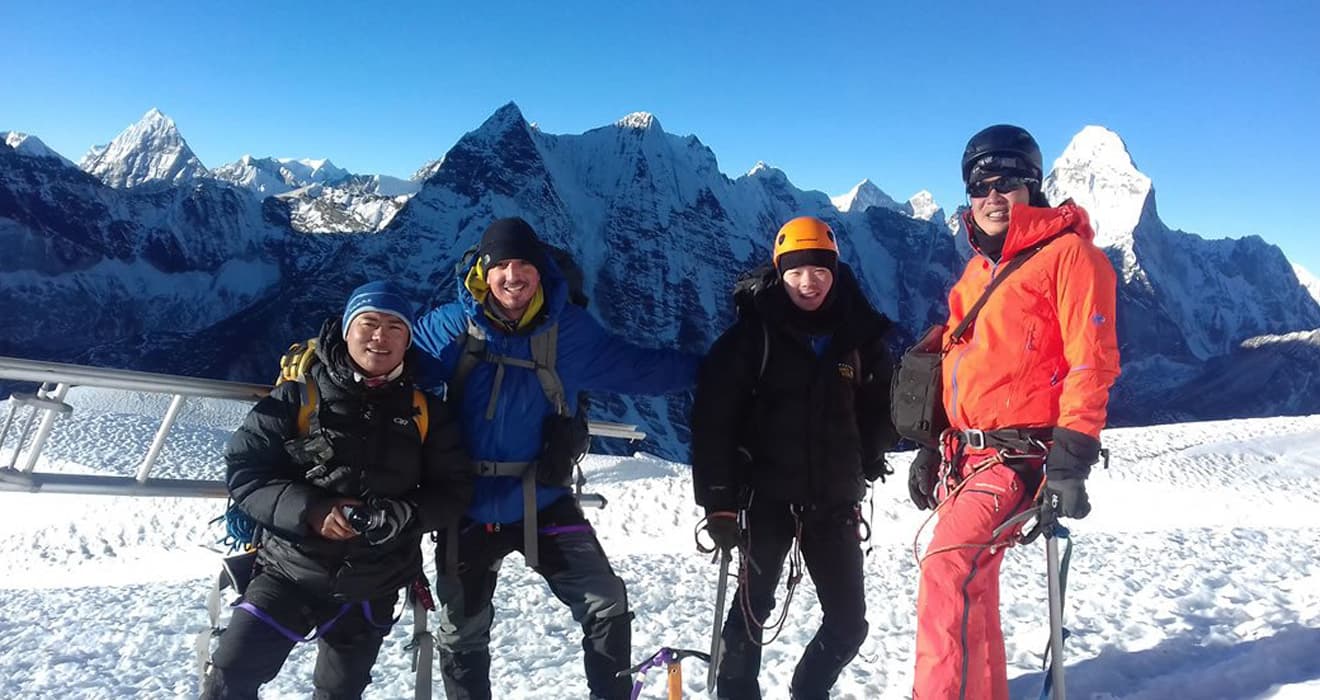
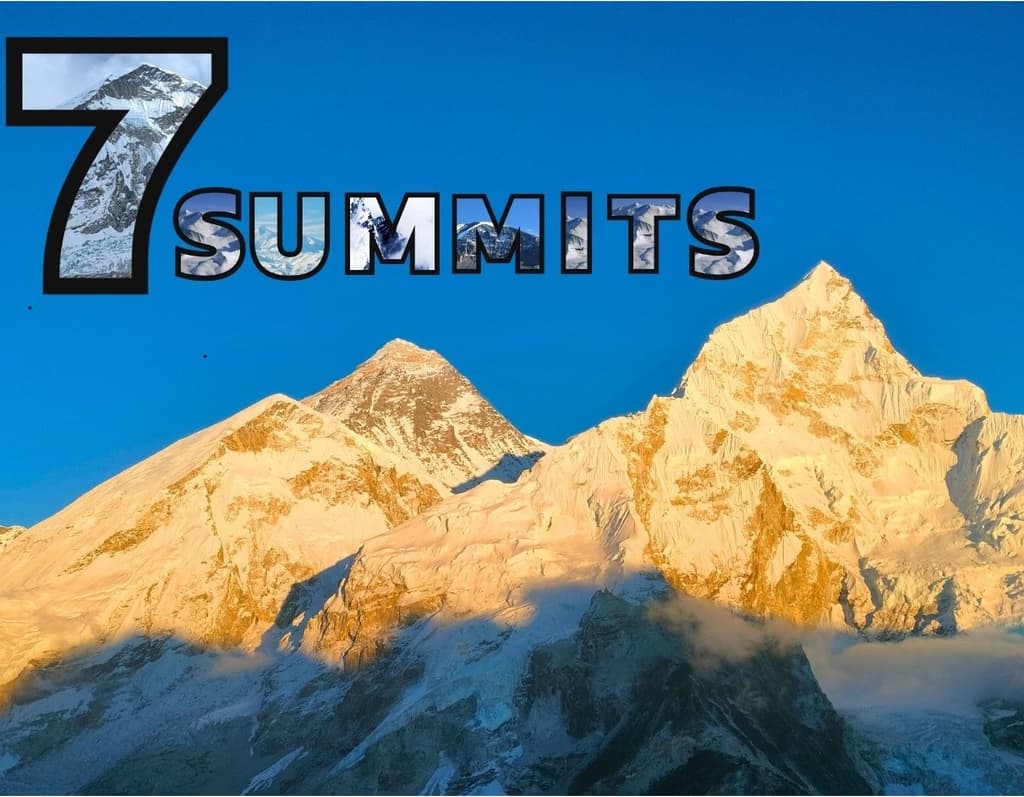

Post a Comment